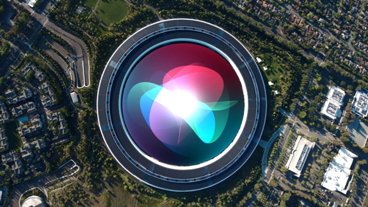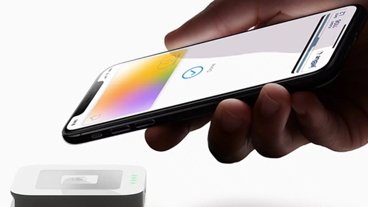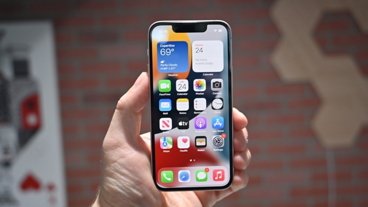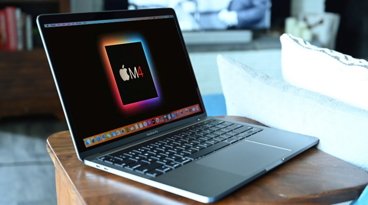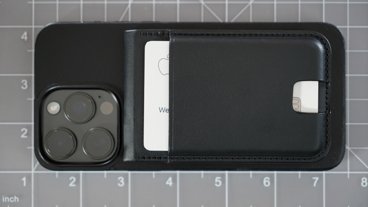Apple endorses Wi-Fi Direct for networking without hotspots
Wi-Fi Direct is expected to be approved for new products by mid-2010, and would allow devices like the iPhone to communicate with one another, or with other forms of hardware, to do tasks like print or share files.
"Wi-Fi Direct represents a leap forward for our industry," said Wi-Fi Alliance executive director Edgar Figueroa. "Wi-Fi users worldwide will benefit from a single-technology solution to transfer content and share applications quickly and easily among devices, even when a Wi-Fi access point isn't available. The impact is that Wi-Fi will become even more pervasive and useful for consumers and across the enterprise."
Previously code-named "Wi-Fi peer-to-peer," the new specification can be applied to any Wi-Fi device, meaning newly certified Wi-Fi Direct devices will have legacy support from previously existing devices. The new standard supports connections between two or multiple devices.
As it offers many of the same capabilities of the current Bluetooth standard, Wi-Fi Direct will likely compete with the existing wireless technology when devices begin to hit the market next year. Apple has embraced Bluetooth in many of its devices, and is likely to release a new wireless mouse and keyboard utilizing the standard in the near future.
Apple is a sponsor member of the Wi-Fi Alliance, joined by top-tier technology companies like Microsoft, Intel, Cisco and Sony. The non-profit industry association is responsible for the Wi-Fi trademark and technology. Devices that meet the alliance's specifications can use the Wi-Fi Certified logo on their products.
"With Wi-Fi technology already shipping in millions of consumer electronics devices and handsets every year, this is a terrific innovation for the industry," said Victoria Fodale, senior analyst and market intelligence manager at In-Stat. "Empowering devices to move content and share applications without having to join a network brings even more convenience and utility to Wi-Fi-enabled devices."
The new Wi-Fi Direct standard is intended for both consumer electronics and enterprise applications. It will include WPA2 security, and management features for enterprise environments. The new technology will use roughly the same power, provide the same data rates, and offer the same range as current Wi-Fi products.
 AppleInsider Staff
AppleInsider Staff


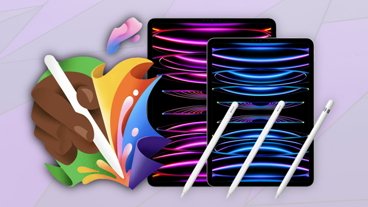


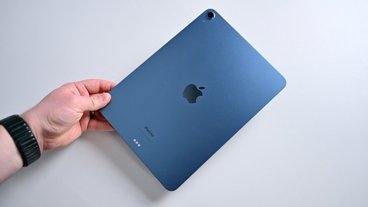
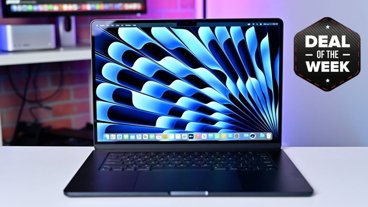
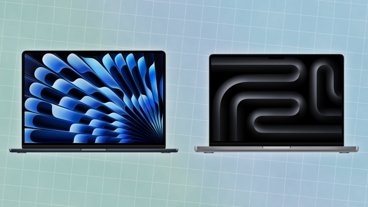
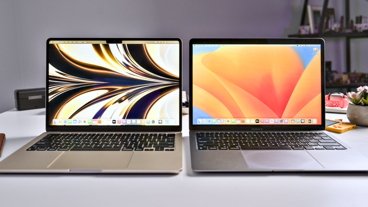
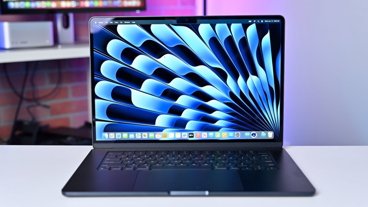
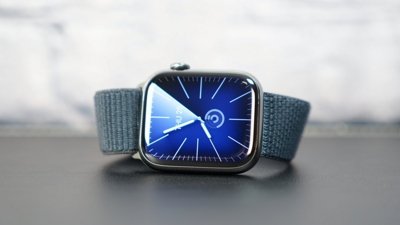
 William Gallagher
William Gallagher
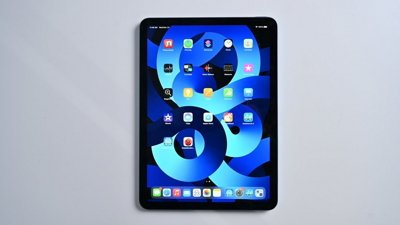
 Mike Wuerthele
Mike Wuerthele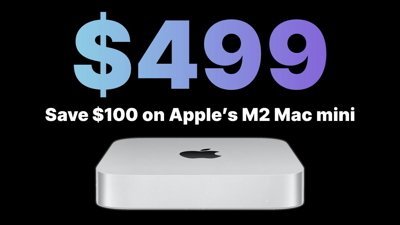
 Christine McKee
Christine McKee
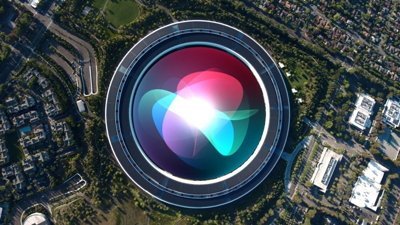
 Malcolm Owen
Malcolm Owen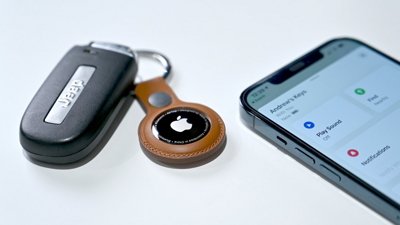
 Amber Neely
Amber Neely
